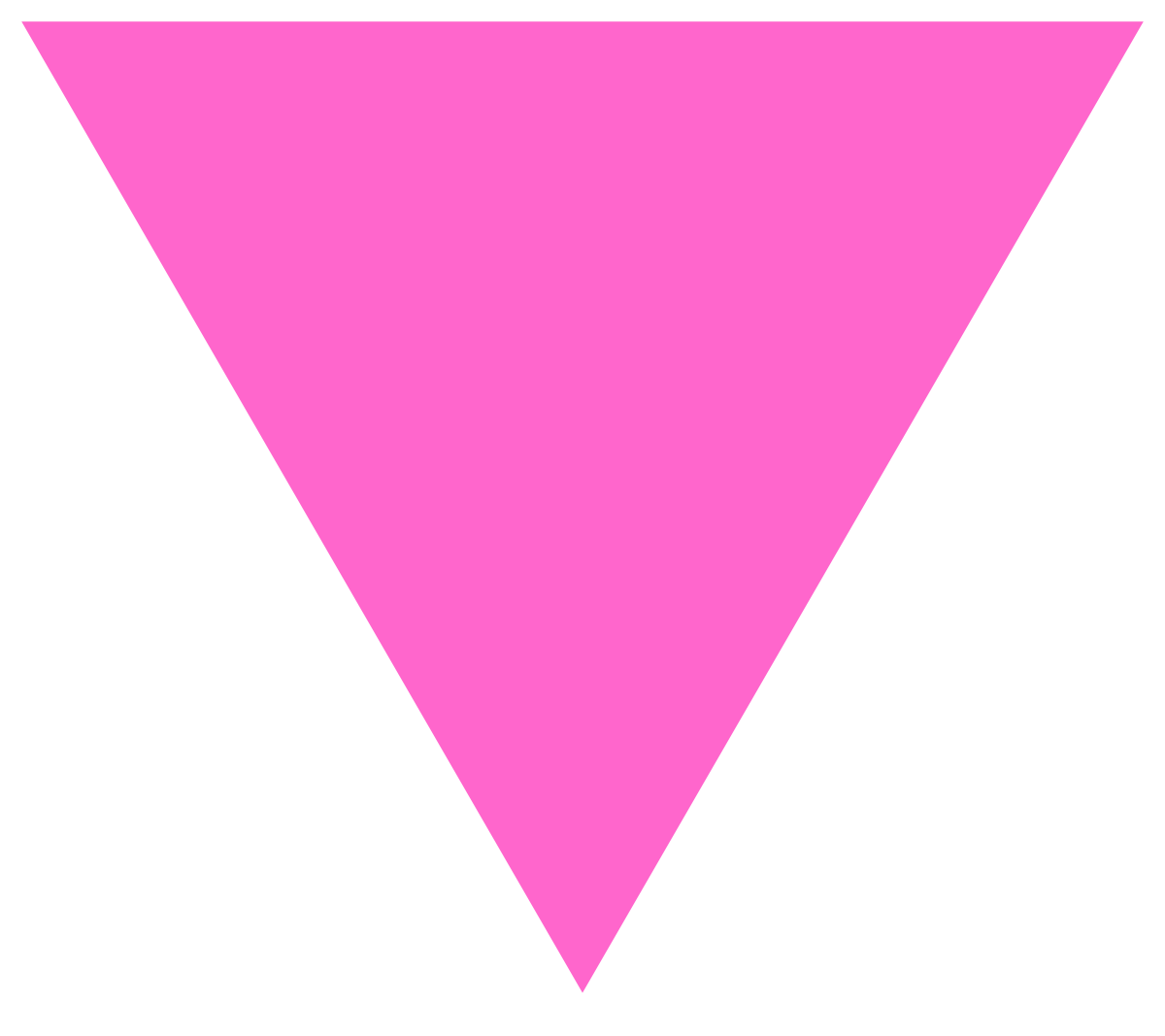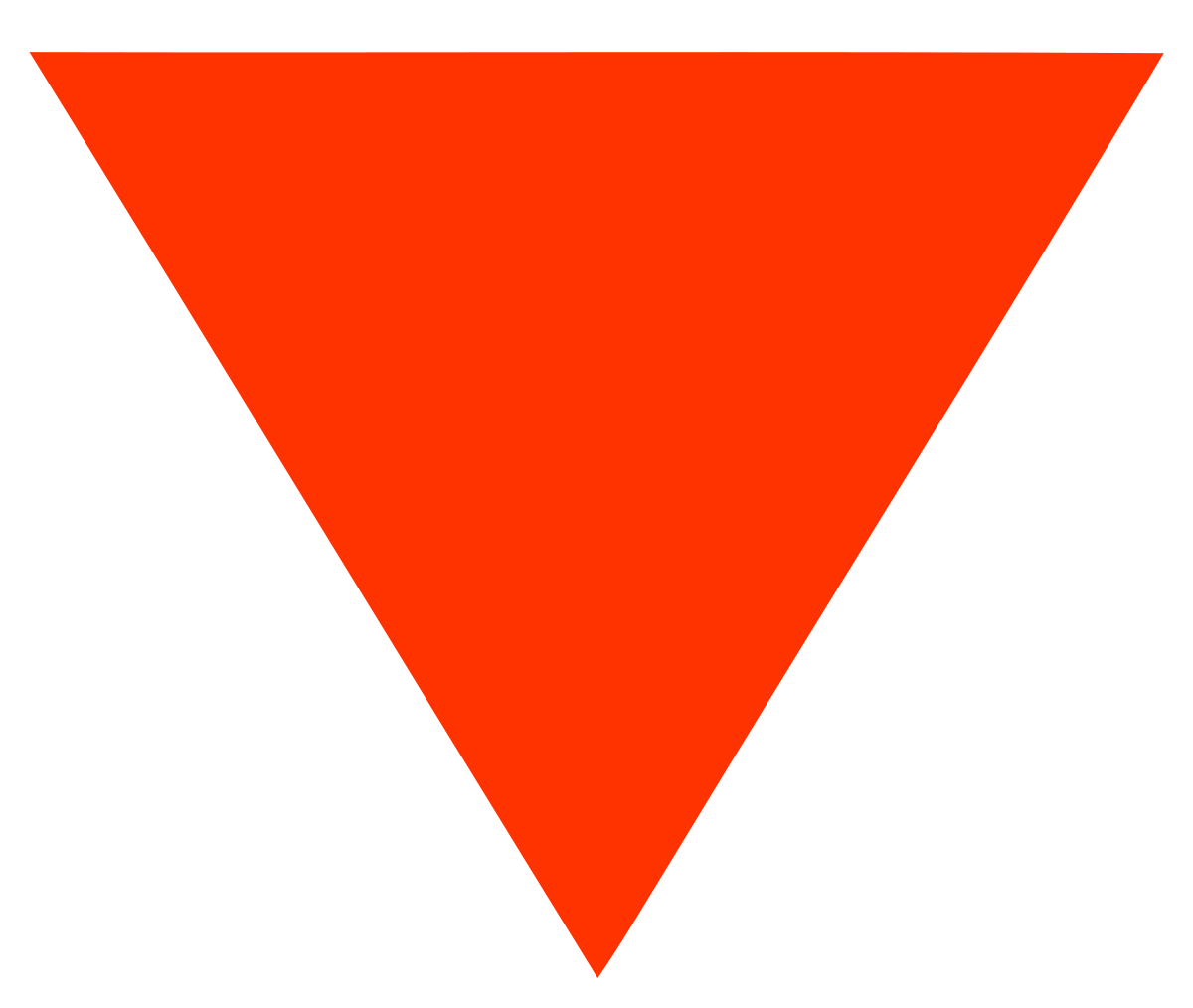Have you ever wondered why the triangle upside down holds so much significance? It’s not just a random shape flipped around—it’s a symbol packed with meaning, history, and even mystery. From ancient civilizations to modern-day interpretations, this simple yet powerful image has intrigued people for centuries. Whether you’re into symbolism, geometry, or just plain curiosity, the upside-down triangle is a topic worth exploring. So buckle up, because we’re diving deep into its secrets!
You might be thinking, “Why does an upside-down triangle matter?” Well, let me tell ya, it’s more than just a cool design. This shape carries weight in religion, science, art, and even pop culture. People have been using it to represent everything from femininity to rebellion. And if that doesn’t grab your attention, I don’t know what will.
Let’s face it—shapes are everywhere. But the triangle upside down? That’s like the rebel of the geometry world. It breaks the rules, challenges norms, and makes us rethink how we see things. In this article, we’ll uncover its origins, meanings, and why it continues to captivate minds across the globe. Ready? Let’s get started!
Read also:3 Crosses Cafe Your Ultimate Coffee Haven
What Exactly is a Triangle Upside Down?
Alright, let’s break it down. A triangle upside down is basically… well, a triangle flipped on its head. Instead of pointing up like the classic pyramid shape, it points downward. Simple, right? But don’t let its simplicity fool you. This little guy carries some serious baggage.
In geometric terms, it’s still technically a triangle. Three sides, three angles, all that jazz. However, when it’s flipped, its meaning can shift dramatically. Depending on who you ask, it could symbolize balance, transformation, or even danger. Yep, danger. Because sometimes, flipping something upside down changes its entire vibe.
Why Does Orientation Matter?
Orientation matters because humans are wired to assign meaning to shapes based on how they appear. Think about it—when you see a triangle pointing upward, you might think of stability, growth, or ambition. But when it’s flipped, those associations change. Suddenly, it becomes a symbol of disruption, uncertainty, or even chaos.
Here’s a fun fact: In certain cultures, the triangle upside down represents water, fertility, or the divine feminine. Meanwhile, in others, it’s associated with evil or negativity. See what I mean? One shape, multiple interpretations.
The History Behind the Triangle Upside Down
Now, let’s take a trip back in time. The triangle upside down has been around for ages, popping up in various forms throughout history. From ancient cave paintings to modern-day logos, this shape has left its mark on human civilization.
Back in the day, early humans used triangles to represent natural elements like mountains, fire, and water. When flipped, these triangles took on new meanings. For example, in some Native American cultures, the upside-down triangle symbolized the earth and the cycles of life. Cool, huh?
Read also:Unveiling The Secret Media Network What You Need To Know
Fast forward to the Middle Ages, and the triangle upside down became linked to witchcraft and the occult. Some folks believed it represented the devil or evil forces. Others saw it as a symbol of protection against such forces. Either way, it sparked a lot of debate—and maybe even a little fear.
Modern-Day Uses
These days, the triangle upside down shows up in all kinds of places. You’ll find it in logos, tattoos, and even social media graphics. It’s become a popular choice for designers who want to convey a sense of rebellion or innovation.
For instance, tech companies often use the upside-down triangle to signify disruption or progress. It’s like saying, “We’re here to shake things up!” Meanwhile, in the world of fashion, it’s often used to create bold, edgy designs that stand out from the crowd.
Symbolism of the Triangle Upside Down
When it comes to symbolism, the triangle upside down is a powerhouse. Depending on the context, it can represent a wide range of ideas. Let’s explore some of the most common ones.
- Divine Femininity: In many spiritual traditions, the upside-down triangle symbolizes the divine feminine. It’s often associated with goddesses, fertility, and intuition.
- Water and Emotions: Because it points downward, the triangle upside down is sometimes linked to water and emotions. Think about how water flows downward—it’s a natural connection.
- Transformation: Flipping a triangle upside down can represent transformation or change. It’s like turning the world on its head and embracing a new perspective.
Of course, these interpretations vary depending on the culture or belief system. But one thing’s for sure—the triangle upside down is a symbol that invites us to think deeper.
Religious and Spiritual Significance
In religious and spiritual contexts, the triangle upside down holds special meaning. For example, in Hinduism, it’s associated with Shakti, the feminine energy of creation. In Christianity, it’s sometimes seen as a symbol of the Holy Spirit or the Trinity.
Interestingly, some occult practices use the triangle upside down as a symbol of power or protection. It’s believed to ward off negative energies and bring balance to the universe. Whether you believe in that stuff or not, it’s fascinating to see how different groups interpret the same shape in unique ways.
Triangle Upside Down in Geometry
Now, let’s nerd out for a second. In the world of geometry, the triangle upside down is just another type of triangle. But wait—there’s more! Depending on its angles and proportions, it can belong to different categories, such as equilateral, isosceles, or scalene.
Here’s where it gets interesting: when you flip a triangle upside down, its properties don’t change. It’s still the same shape with the same mathematical properties. However, its orientation can affect how we perceive it visually. For example, an upside-down equilateral triangle might look more dynamic or unstable than its upright counterpart.
Applications in Design
Designers love playing with triangles because they’re versatile and visually striking. When flipped, they can add a sense of movement or tension to a composition. This makes them perfect for creating logos, patterns, and other graphic elements.
For instance, the Adidas logo features three stripes arranged in a triangular shape. While it’s not technically upside down, the concept of flipping a triangle can inspire similar designs. By experimenting with orientation and proportion, designers can create unique and memorable visuals.
Triangle Upside Down in Art
Artists have long been fascinated by the triangle upside down. From ancient cave paintings to contemporary installations, this shape has inspired countless works of art. Why? Because it challenges our perception and invites us to see things differently.
In modern art, the triangle upside down often appears in abstract compositions. Artists use it to create balance, tension, or even humor. It’s a way of saying, “Hey, look at this—what do you see?” The possibilities are endless.
Famous Artworks Featuring the Triangle Upside Down
There are several famous artworks that incorporate the triangle upside down. One example is Wassily Kandinsky’s “Composition VIII,” which features a variety of geometric shapes, including upside-down triangles. Another is Piet Mondrian’s “Broadway Boogie Woogie,” where triangles of all orientations create a dynamic grid.
These works remind us that art isn’t just about aesthetics—it’s about exploring ideas and pushing boundaries. And the triangle upside down is the perfect shape for doing just that.
Triangle Upside Down in Pop Culture
Pop culture loves a good triangle upside down. Whether it’s in movies, music, or fashion, this shape has become a staple of modern design. Take, for example, the iconic logo of the Illuminati—a pyramid with an eye at the top. While it’s not exactly upside down, it’s close enough to spark conspiracy theories galore.
In music, artists like Beyoncé have used the triangle upside down in their visuals. Her “Formation” music video features a pyramid-shaped formation of dancers, which some interpret as a nod to empowerment and unity. Meanwhile, in fashion, brands like Balenciaga and Off-White have incorporated the shape into their collections, adding a touch of edginess to their designs.
Why is it So Popular?
So why has the triangle upside down become such a pop culture phenomenon? Well, for starters, it’s visually striking. It grabs your attention and makes you think. Plus, it’s versatile enough to fit into any genre or style. Whether you’re into high fashion or lowbrow humor, there’s something for everyone.
And let’s not forget its symbolic power. In a world obsessed with meaning and identity, the triangle upside down offers a way to express yourself without saying a word. It’s like wearing a badge of rebellion or creativity.
Triangle Upside Down in Psychology
Psychologists have also studied the effects of the triangle upside down on the human mind. According to research, our brains process shapes differently based on their orientation. When we see a triangle upside down, it triggers a sense of curiosity or unease. This makes it an effective tool for grabbing attention.
In marketing, companies often use the triangle upside down to create eye-catching ads. By flipping the shape, they disrupt our expectations and make us pause long enough to take notice. It’s a clever trick that works surprisingly well.
How Does It Affect Perception?
The triangle upside down affects perception by challenging our assumptions. When we see a familiar shape in an unfamiliar orientation, our brains have to work harder to make sense of it. This cognitive effort can lead to increased engagement and recall.
For example, imagine seeing a logo with an upside-down triangle. Chances are, you’ll remember it longer than a logo with a regular triangle. Why? Because it stands out. And in a world full of distractions, standing out is key.
Triangle Upside Down in Science
Even scientists get in on the action. In physics, the triangle upside down is used to represent certain concepts, such as gravitational pull or fluid dynamics. Its downward-pointing shape makes it a natural fit for these ideas.
Meanwhile, in mathematics, the triangle upside down appears in equations and diagrams. It’s a way of visualizing complex relationships in a simple, intuitive way. Scientists love simplicity, and the triangle upside down delivers.
Applications in Technology
In technology, the triangle upside down is often used in user interface design. Think about those little dropdown menus you see on websites. Many of them feature an upside-down triangle to indicate that there’s more to explore. It’s a subtle cue that helps users navigate digital spaces with ease.
By incorporating the triangle upside down into their designs, tech companies can improve usability and accessibility. It’s a win-win for everyone involved.
Conclusion
So there you have it—the triangle upside down in all its glory. From ancient symbols to modern-day logos, this shape has played a significant role in shaping human culture. Whether you see it as a symbol of femininity, transformation, or just plain coolness, one thing’s for sure—it’s here to stay.
Now it’s your turn. What do YOU think the triangle upside down represents? Leave a comment below and let’s start a conversation. And while you’re at it, why not share this article with your friends? Knowledge is power, after all. Thanks for reading, and remember—sometimes, flipping things upside down can lead to amazing discoveries!
Table of Contents
- What Exactly is a Triangle Upside Down?
- The History Behind the Triangle Upside Down
- Symbolism of the Triangle Upside Down
- Triangle Upside Down in Geometry
- Triangle Upside Down in Art
- Triangle Upside Down in Pop Culture
- Triangle Upside Down in Psychology
- Triangle Upside Down in Science
- Conclusion


